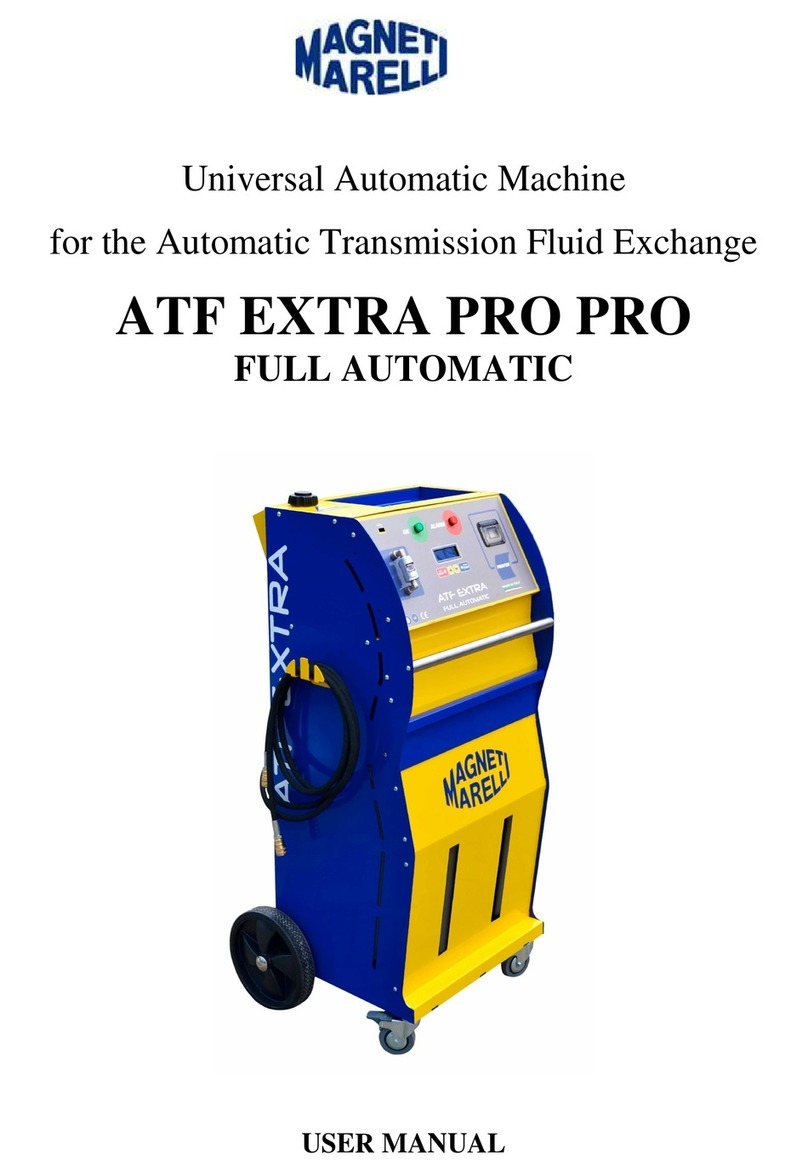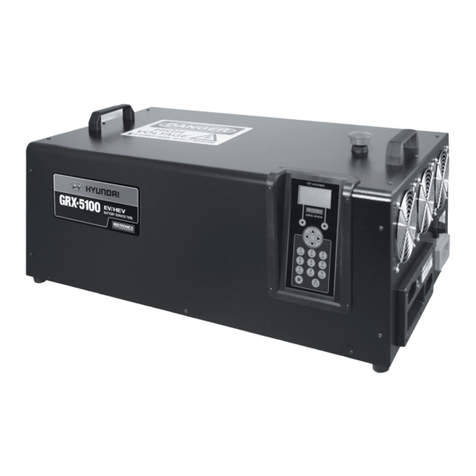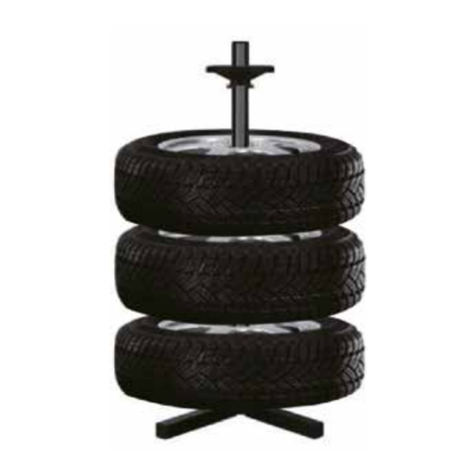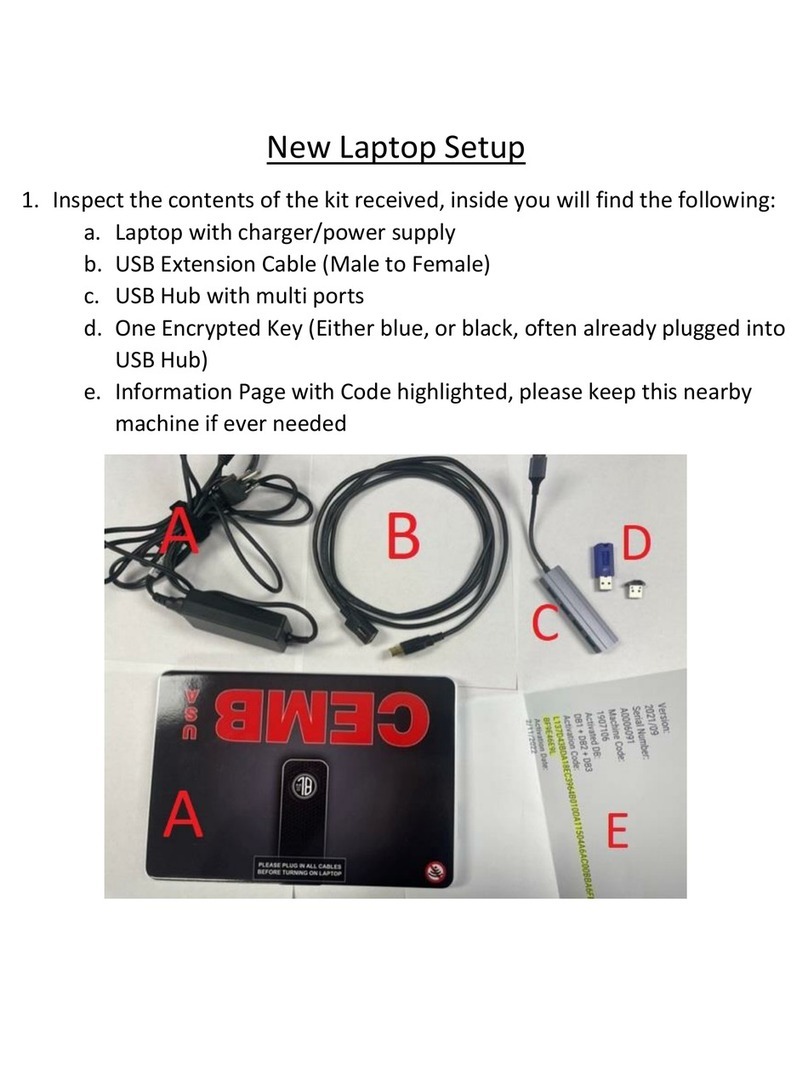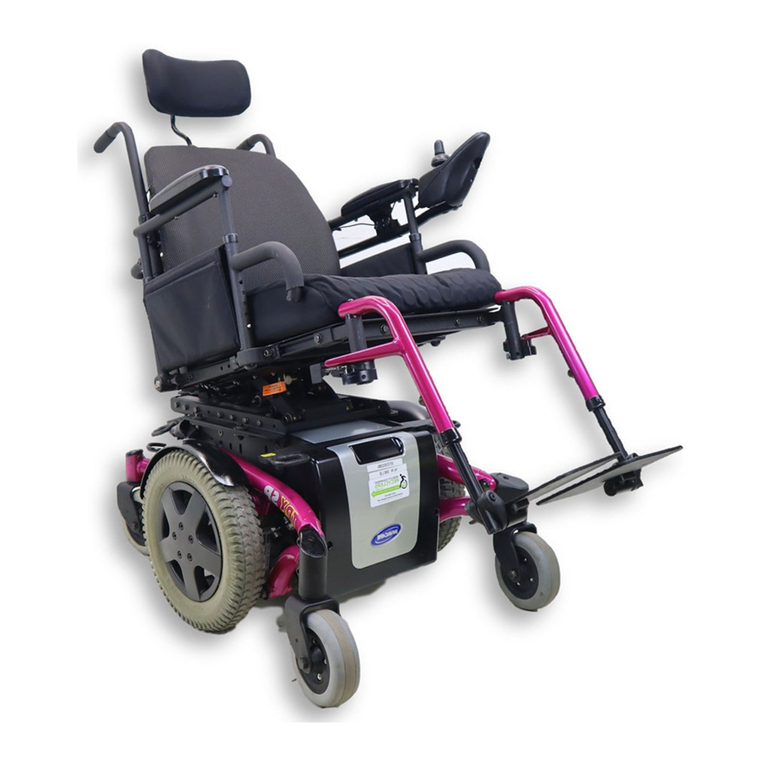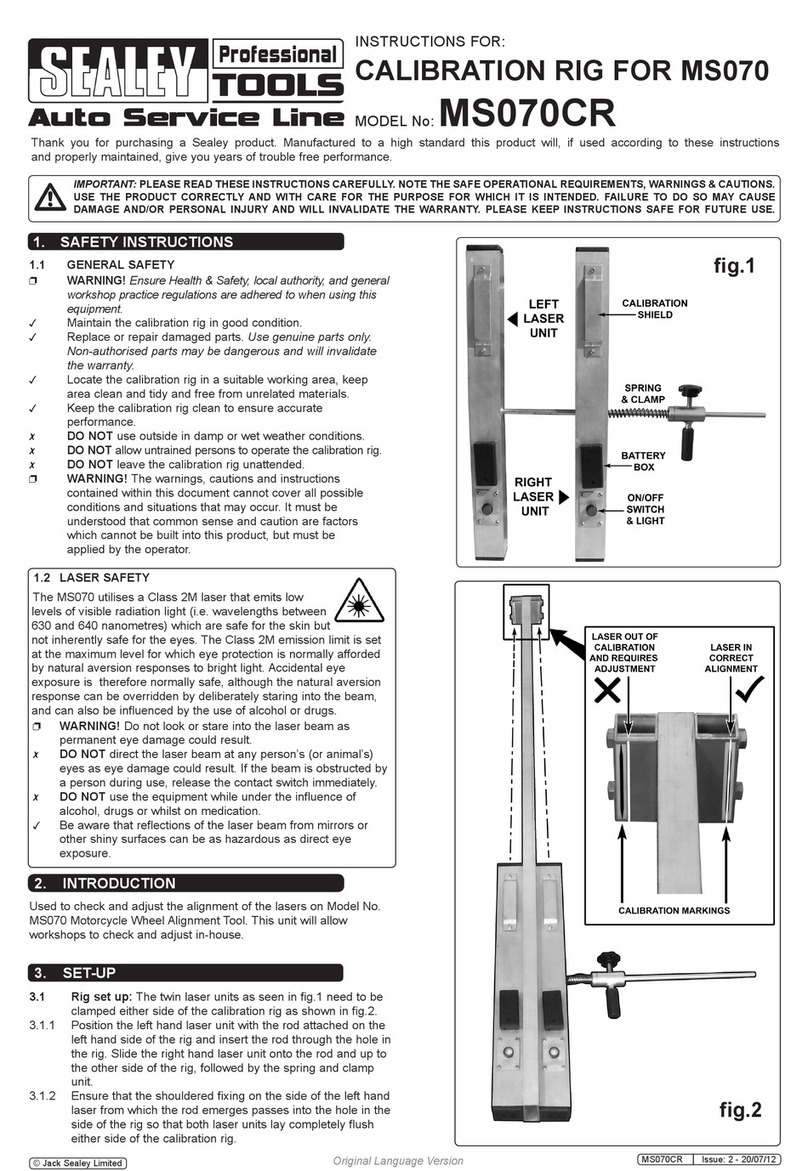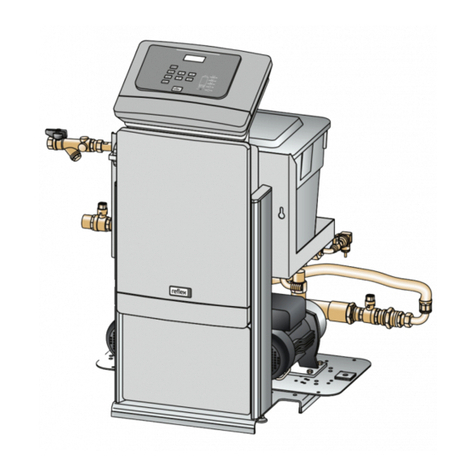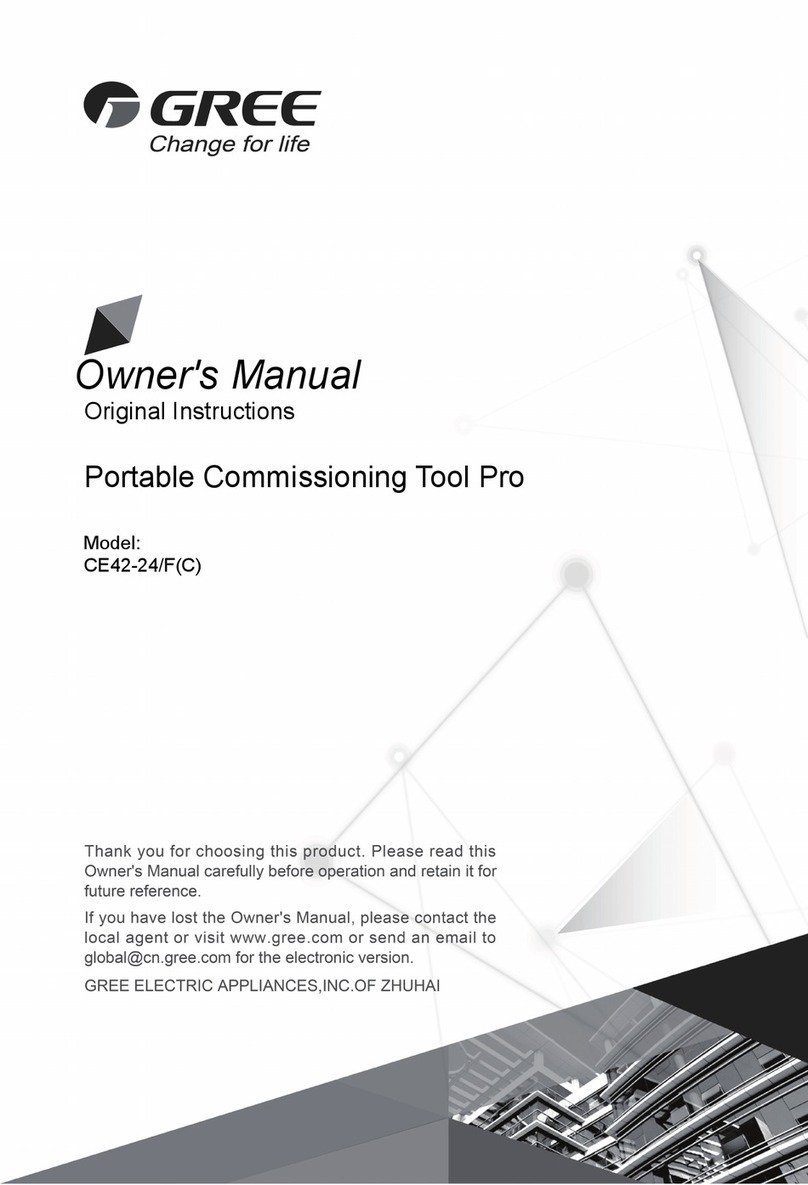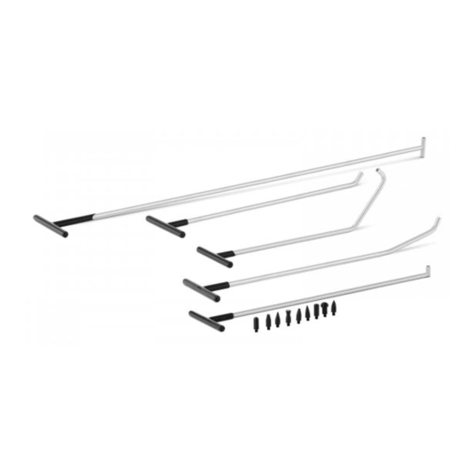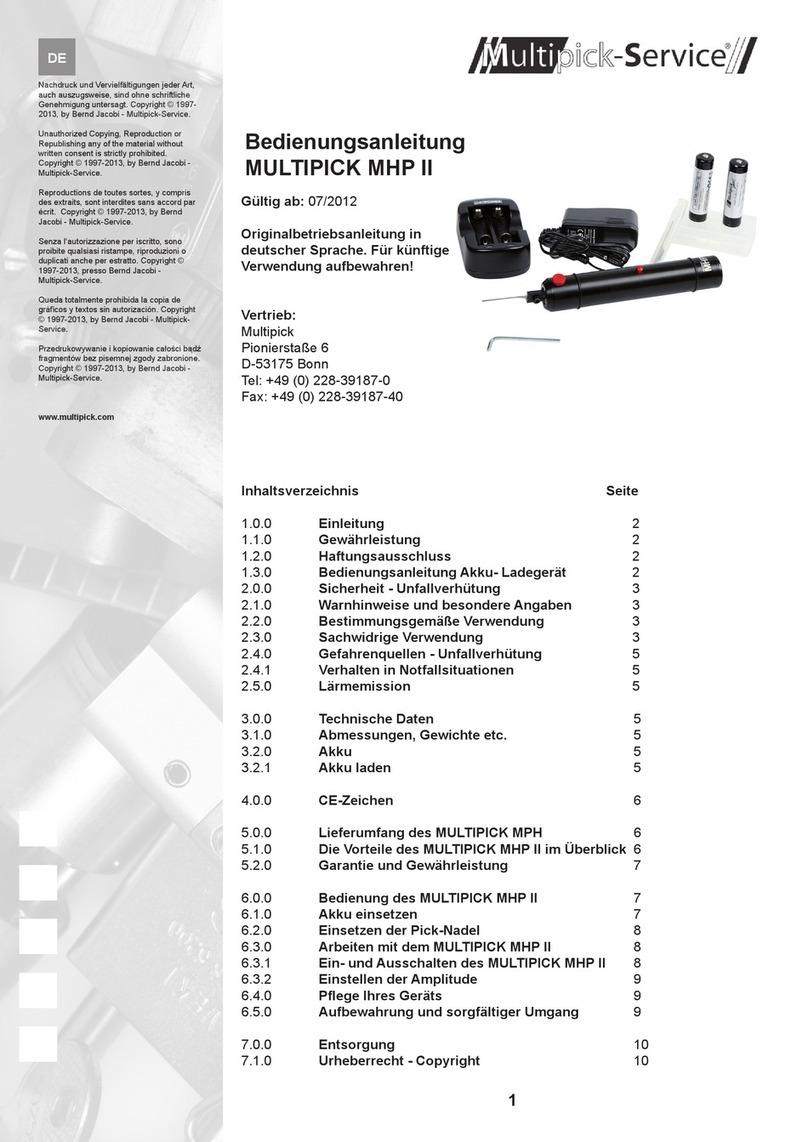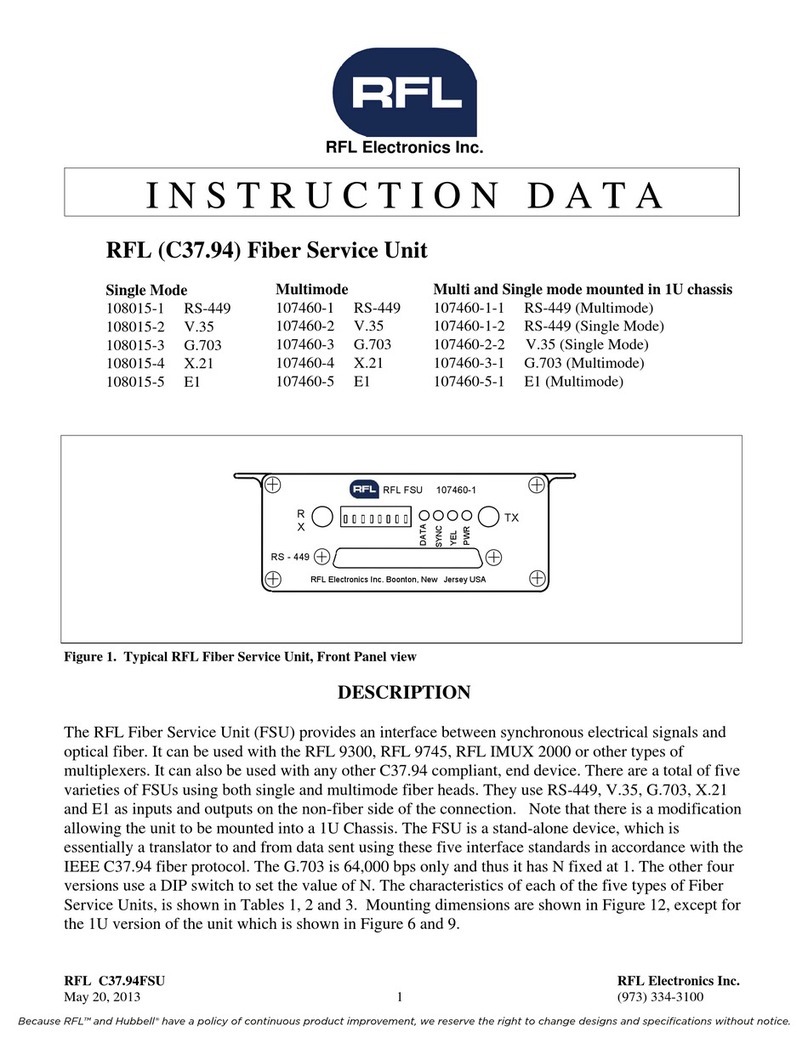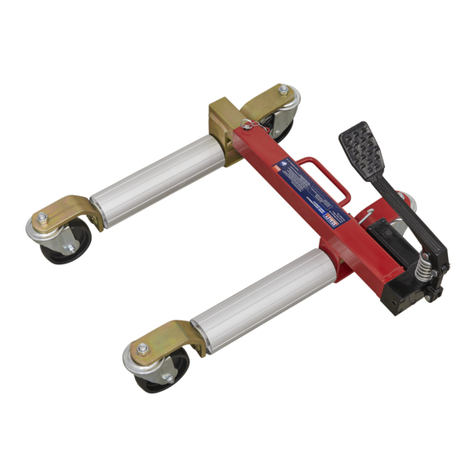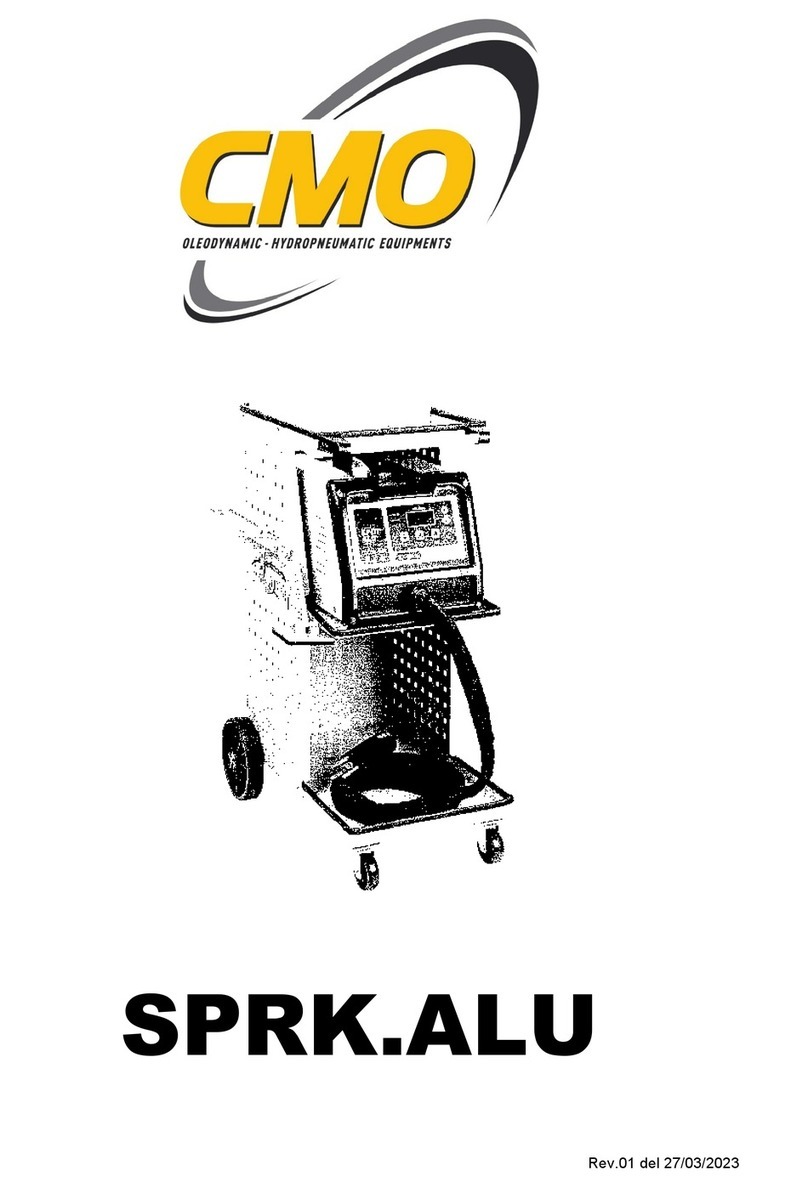
8
THE FIRST DRIVE WITH THE HEAVY DUTY
TROLLEY
The rst time you drive the heavy duty trol-
ley, you should drive without any load and
in a place with plenty of room, preferably on
a at and rm surface without obstacles.
When you are familiar with manoeuvring
the heavy duty trolley on at surfaces, you
should practice driving with one hand as
well as driving over and around obstacles
such as over kerbs and on ramps. As you
become more comfortable with mano-
euvring the heavy duty trolley, you can drive
with fastened goods. Further description of
the driving can be read in the below section.
Only when you are fully familiar with the
operation and manoeuvring of the heavy
duty trolley in the above-mentioned diffe-
rent scenarios, the trolley can be used for
daily work.
DRIVING THE HEAVY DUTY TROLLEY
Before driving the heavy duty trolley:
1. Prior to driving, check that the disengage-
ment (G) is deactivated and that the bat-
teries are fully charged (green light in the
charger). If the disengagement is not deac-
tivated, please do so. Turn off the charger
and remove the charger from the heavy duty
trolley’s charging socket (F).
2. Tilt the handle bar down to deactivate the
mechanical brake (H).
3. Switch on the heavy duty trolley by inser-
ting the key in the key switch (E) and turn
the key a quarter turn clockwise. When the
heavy duty trolley is on, the status light (A)
lights up green. If the heavy duty trolley is
switched on before the charger is discon-
nected, this will result in an error message.
Switch off the heavy duty trolley, disconnect
the charger, and switch it on again
The heavy duty trolley is now ready to go.
In case of error on the electrical system,
the status light ashes in a given sequence
which can be read to nd the reason for
the error. See ”Troubleshooting” or contact
IMMO A/S.
Driving
The trolley is manoeuvred by means of the
tiller head’s handles and accelerators.
4. Tilt the accelerator (C) up or down for
forward or reverse movement. The more
the accelerator is tilted, the faster the
heavy duty trolley moves. The accelerator is
spring-loaded and automatically returns to
its home position, when the pressure is re-
lieved or the accelerator is released. When
the accelerator is returned to its home
position, the heavy duty trolley decelerates
to a stop. When stopped, the parking brake
is automatically activated.
If you lose control of the heavy duty trolley,
release the accelerator to stop while still
holding the handle of the tiller head.
5. To turn the heavy duty trolley, pull the
tiller head in the direction you want to turn.
REMEMBER: Always look for possible ob-
stacles in the driving direction and adapt
the speed accordingly.
Fastening of goods
It is the driver’s responsibility to ensure that
the goods transported on the heavy duty
trolley are properly fastened during driving
to prevent them from falling off.
After driving/use
6. If the heavy duty trolley is parked for a
shorter period, make sure that the wheels
are locked. It is always recommended to tilt
the handle bar up so that the mechanical
DRIVING INSTRUCTIONS
